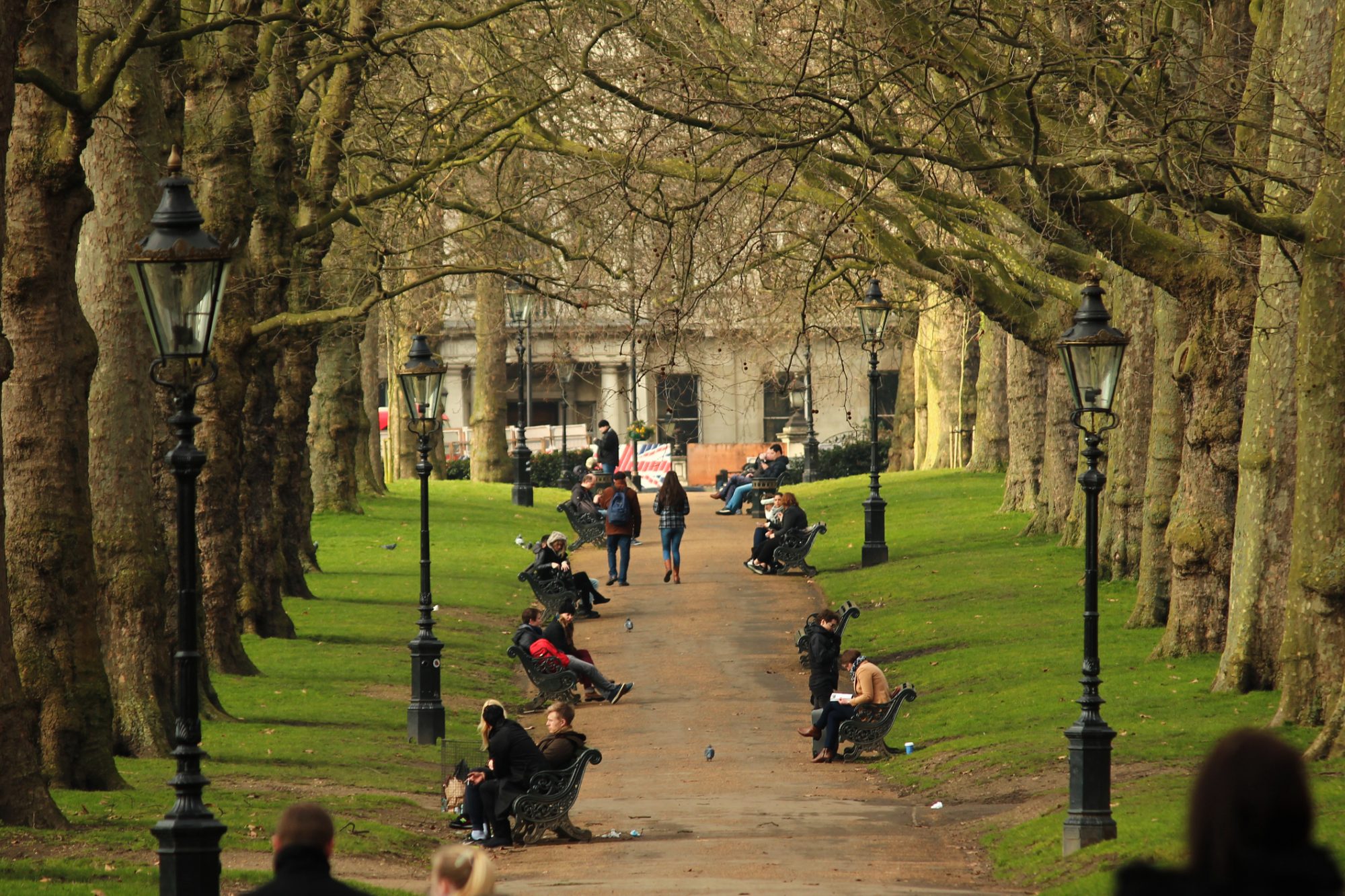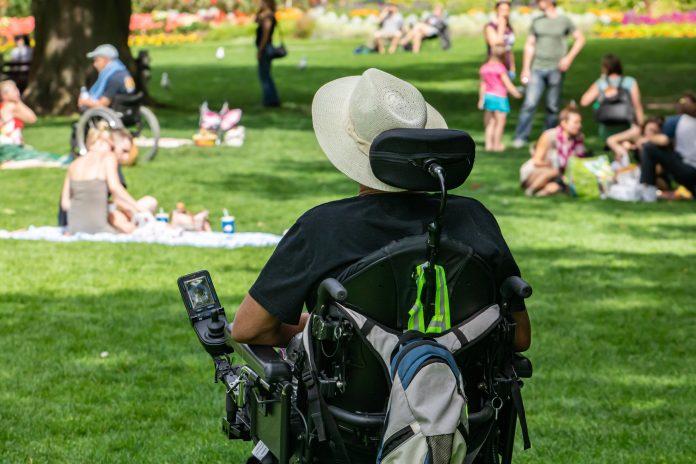Accessible public spaces are vital to a city’s culture and democracy, but why does London still struggle with inclusive urban areas?
“What some social commentators call social cleansing does go on”, acknowledged a local government planner when describing the eviction of a homeless person from public spaces in his London borough, “It is called how the market operates.”. From our conversation, which covered the exclusive nature of the public spaces around Paddington Waterside, a redevelopment area about the size of London’s Soho, it was clear that the city’s accessible public spaces are limited, and are rarely inclusive.
While the privatisation of public space has been the focus of much criticism of urban change in cities such as London, it can be difficult to define urban spaces simply in terms of public and private.
Redevelopment and regeneration projects
Over recent decades, many new public spaces have been planned and designed as part of the city’s redevelopment and regeneration projects, business improvement districts, and opportunity areas. As large neighbourhood-scale transformations have been built – increasingly informed by private interests and generously facilitated by public agencies and local government – what are claimed during planning processes as public spaces have resulted in vastly different degrees of publicness.
With contrasting structures of ownership, management, and use across its parks, squares, estates, gardens, neighbourhoods, districts, and waterfronts – open spaces in cities such as London cannot simply be defined through dichotomies of public and private.
Terms of access and inclusion appear to be more useful measures of the city’s public spaces. While accessible public spaces have always been limited by rules, the regulations that set out who can enter and what is permitted within are frequently challenged.
As public spaces are used in various ways – frequently tested by the numbers of people, the activities undertaken, and the issues raised – governments and organisations responsible for them respond by rewriting terms of access through new laws and regulations.

Accessible public spaces represent inclusivity
The rules of access to public space are thus mediated by organisations with more power and then tested, questioned, and contested by those with less. Such exchanges can reveal the democratic nature of public spaces as well as their capacity for forming and representing inclusive public concerns.
The process of remaking public spaces – whether through design and planning or practices of management and maintenance – can also involve reconfiguring rules of access. In such a way, the material refashioning of streets and plazas is accompanied by a redefinition of what is acceptable to do within them.
The social cleansing that has been evident in London’s Paddington has involved the local government facilitating the privatisation of public spaces through redevelopment and the establishment of business improvement districts. In the process, homeless people have been evicted, teenagers moved on by the police, and sex workers cleansed from the area.
With many other local governments having neither the resources nor the interest in managing their own public spaces, terms of public access in London is often left to the will of private landlords and commercial agendas.
In addition to questions of how accessible public spaces are to a wider public, the opportunity to be involved in the formation of public spaces can point to how inclusive they are.
Who is making these accessible public spaces?
If public spaces are more than architectural forms of streets and squares and are truly sites where people gather around issues of concern, questions of who is involved as they are made and remade can come to define their publicness.
Who is involved during planning? Who manages and maintains the public realm? Who has opportunities to redefine public spaces? How inclusive practices of urban change are, from decisions made during the processes of design to the enforcement of regulations by the police and private security guards, can come to define how more or less public urban spaces really are.
Giving emphasis to inclusivity and emphasising the need for accessible public spaces can also help to challenge simple dualisms of public versus private space. In cities such as London, the public realm is owned by a patchwork of the local and central government, commercial landlords, private developers, housing associations, and many other entities.
At the same time, the management and use of spaces that are owned by the state accommodate many commercial events and private activities. In contrast, access and inclusion may provide an alternative indicator of the public nature of urban space.
Even though research into many redesigned and planned public spaces in London points to them being neither sufficiently accessible nor inclusive, the accessibility and inclusivity of public spaces, as they are made and remade, can provide a greater measure of a city like London’s publicness.
This piece was by Ed Wall, author of Contesting Public Spaces – Social Lives of Urban Redevelopment in London (Routledge)




![Europe’s housing crisis: A fundamental social right under pressure Run-down appartment building in southeast Europe set before a moody evening sky. High dynamic range photo. Please see my related collections... [url=search/lightbox/7431206][img]http://i161.photobucket.com/albums/t218/dave9296/Lightbox_Vetta.jpg[/img][/url]](https://www.openaccessgovernment.org/wp-content/uploads/2025/04/iStock-108309610-218x150.jpg)






